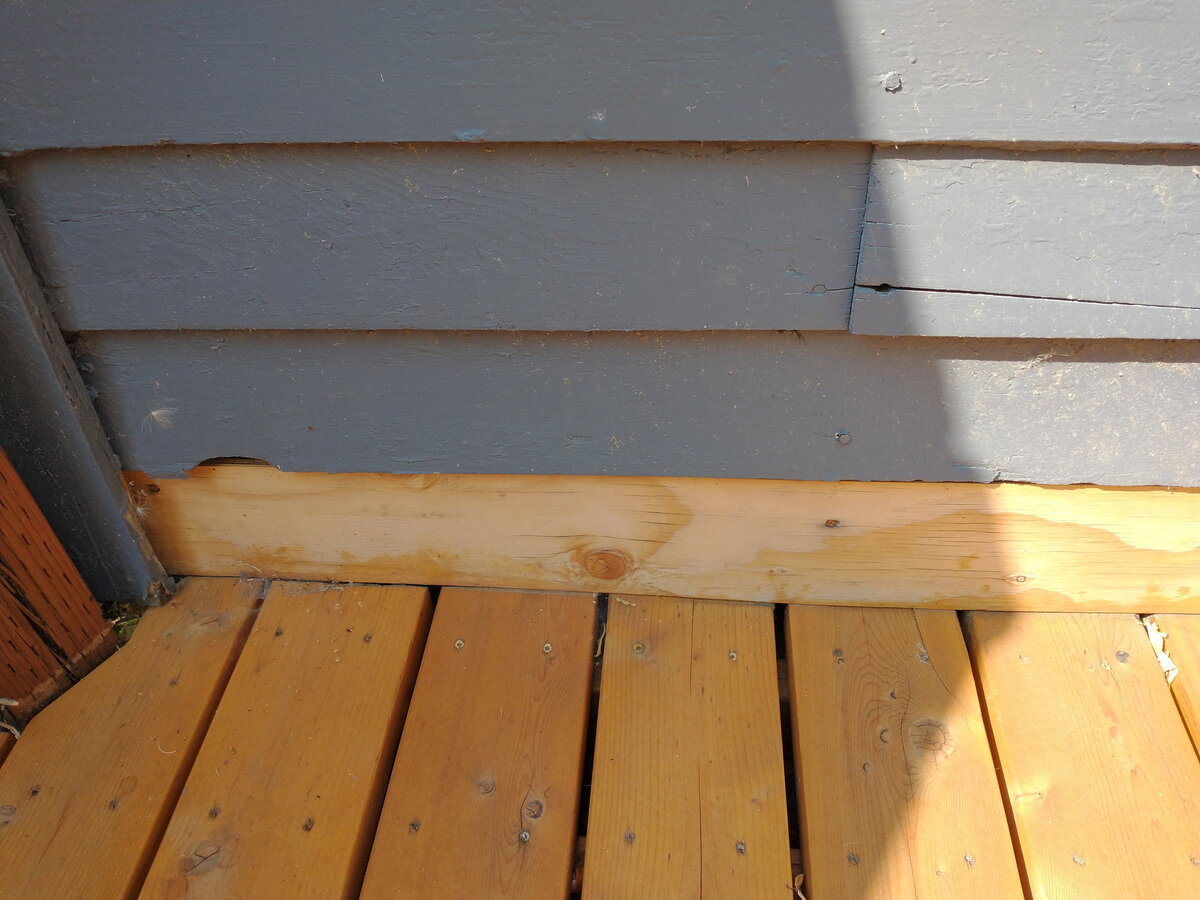

Articles
How To Seal Gap Between Siding And Concrete
Modified: May 6, 2024
Learn effective techniques for sealing the gap between siding and concrete with our informative articles. Enhance the durability and appearance of your home with these expert tips.
(Many of the links in this article redirect to a specific reviewed product. Your purchase of these products through affiliate links helps to generate commission for Storables.com, at no extra cost. Learn more)
Introduction
Welcome to our comprehensive guide on how to seal the gap between siding and concrete. If you’re a homeowner, you may have noticed unsightly gaps between your siding and the concrete foundation or walls of your house. These gaps not only compromise the aesthetics of your home but can also create opportunities for pests, moisture, and drafts to enter.
Fortunately, sealing the gap between siding and concrete is a relatively straightforward and cost-effective solution that can help enhance the appearance and energy efficiency of your home. In this article, we will provide you with step-by-step instructions on how to seal this gap effectively, ensuring a durable and long-lasting result.
But before we dive into the necessary steps, let’s take a closer look at why these gaps occur and the importance of addressing them promptly.
Key Takeaways:
- Sealing the gap between siding and concrete prevents pest infestation, water damage, and energy loss while enhancing the appearance of your home. Choose the right sealant, prepare the area, and apply it correctly for a durable and long-lasting seal.
- Regular maintenance and inspection are crucial to ensure the sealed gap remains effective. Keep the area clean, monitor for damage, pest activity, and water leakage, and inspect annually to preserve the integrity of the seal.
Understanding the Gap Between Siding and Concrete
Before we learn how to seal the gap between siding and concrete, it’s essential to understand why this gap exists in the first place. Typically, this gap occurs due to the natural settling of a house over time. As the house settles, slight shifts and movements can cause separation between the siding and the concrete foundation or walls.
In other cases, the gap may be intentional and necessary to allow for expansion and contraction due to temperature changes. However, these intentional gaps should still be properly sealed to prevent unwanted pests and moisture from entering your home.
The size of the gap can vary, ranging from small cracks to more significant separations. Regardless of the size, it is crucial to address these gaps promptly to avoid potential issues.
Now that we understand why this gap occurs, let’s explore the reasons why sealing it is essential.
Reasons to Seal the Gap
Sealing the gap between siding and concrete offers several benefits for homeowners. Let’s take a look at some of the key reasons why you should consider sealing this gap:
- Prevent Pest Infestation: Gaps between siding and concrete provide an entry point for pests such as insects and rodents. Sealing the gap helps create a barrier that prevents these unwanted visitors from entering your home.
- Prevent Water Damage: Moisture can seep through the gap between the siding and concrete, leading to water damage and potential mold growth. By sealing the gap, you can prevent water infiltration and protect your home from costly repairs.
- Enhance Energy Efficiency: Gaps in the siding can cause drafts, resulting in heat loss during the winter and heat gain during the summer. By sealing the gap, you can improve the energy efficiency of your home, reducing your heating and cooling costs.
- Improve Aesthetics: Unsightly gaps between the siding and concrete can detract from the overall appearance of your home. Sealing the gap can help create a clean and finished look for your exterior.
- Extend the Lifespan of Siding: Properly sealing the gap can help protect your siding from damage caused by exposure to moisture and pests. This can extend the lifespan of your siding, saving you money in the long run.
By understanding these reasons, you can see the importance of sealing the gap between siding and concrete. Now, let’s move on to the next step and learn how to choose the right sealant for the job.
Choosing the Right Sealant
When it comes to sealing the gap between siding and concrete, selecting the right sealant is crucial to ensure a successful and long-lasting result. Here are some tips to help you choose the right sealant:
- Weather Resistance: Look for a sealant that is specifically designed for exterior use and is resistant to weather conditions such as rain, UV rays, and extreme temperatures. This will help ensure that the sealant remains durable and effective over time.
- Flexibility: Since the gap between the siding and concrete may experience slight movements and shifts, it’s important to choose a sealant that has some flexibility. This will allow the sealant to expand and contract without cracking or breaking.
- Adhesion: The sealant should have excellent adhesion properties to bond well with both the siding material and the concrete surface. This will ensure a strong and long-lasting seal.
- Waterproofing: Opt for a sealant that offers excellent waterproofing capabilities. This will help prevent water infiltration and minimize the risk of water damage and mold growth.
- Color and Finish: Consider the color and finish of the sealant to ensure that it matches or complements the color of your siding. This will help maintain the aesthetic appeal of your home.
It’s also recommended to read product reviews and consult with professionals to get recommendations on the best sealants for your specific needs. Keep in mind that different types of siding materials may require different sealants, so be sure to choose a sealant that is compatible with your particular siding material.
Now that you have a better understanding of how to choose the right sealant, let’s move on to the next step: preparing the gap for sealing.
Preparing the Gap for Sealing
Before you can effectively seal the gap between siding and concrete, it is essential to prepare the gap properly. Here are the steps to follow:
- Clean the Gap: Use a stiff brush or a wire brush to remove any debris, dirt, or loose particles from the gap. This will ensure better adhesion of the sealant and a clean surface for sealing.
- Repair Any Damage: If you notice any significant damage to the siding or the concrete, such as cracks or holes, it is important to repair them before sealing the gap. Use an appropriate filler or patching compound to fix the damaged areas.
- Apply a Primer: In some cases, applying a primer to the gap can improve adhesion and ensure a better seal. Check the instructions on your selected sealant to determine if a primer is necessary.
- Mask Off the Area: Use painter’s tape or masking tape to protect any surrounding areas where you do not want the sealant to spread, such as the siding or other surfaces adjacent to the gap.
Once you have successfully prepared the gap, you can proceed with applying the sealant. But before we do that, let’s go over some tips on how to apply the sealant correctly for optimal results.
Use a high-quality exterior caulk to seal the gap between siding and concrete. Make sure the area is clean and dry before applying the caulk, and use a caulking gun for even application. Smooth the caulk with a wet finger for a clean finish.
Read more: How To Seal Gap Between Sliding Glass Doors
Applying the Sealant
Now that you have prepared the gap between the siding and concrete, it’s time to apply the sealant. Follow these steps for a successful application:
- Choose the Right Application Method: Depending on the size and accessibility of the gap, you can choose to use a caulk gun or a squeeze tube for applying the sealant. A caulk gun is typically used for larger gaps, while a squeeze tube is more convenient for smaller gaps.
- Load the Sealant: If you’re using a caulk gun, load your selected sealant cartridge into the gun and cut the tip at an angle to create an appropriate-sized opening. If you’re using a squeeze tube, remove the cap and puncture the seal at the tip.
- Apply the Sealant: Start from one end of the gap and slowly apply a steady bead of sealant along the entire length of the gap. Use a consistent and smooth motion to ensure an even application. Fill the gap completely, ensuring that the sealant adheres to both the siding and concrete surfaces.
- Smooth the Sealant: Use a caulk finishing tool, a putty knife, or your finger dipped in water to smooth the sealant and create a neat finish. This step helps to make the sealant level with the surrounding surfaces.
Remember to work efficiently and avoid any pauses or interruptions while applying the sealant, as this can lead to uneven application or premature drying.
Once you have applied the sealant, allow it to dry according to the manufacturer’s instructions. Make sure to remove any tape or masking from the surrounding areas before the sealant fully cures to prevent it from sticking and disrupting the finished application.
Now that you have successfully applied the sealant, let’s move on to the next step: ensuring proper adhesion.
Ensuring Proper Adhesion
Proper adhesion is crucial to ensure the effectiveness and longevity of the sealant. Follow these tips to ensure proper adhesion between the sealant and the siding and concrete surfaces:
- Read the Instructions: Always refer to the manufacturer’s instructions on the sealant packaging for specific recommendations regarding adhesion. Different sealants may have different requirements or recommendations.
- Allow Sufficient Drying Time: After applying the sealant, allow it to dry and cure completely before subjecting it to any stress or pressure. This will ensure that the sealant has sufficient time to bond and adhere properly.
- Avoid Exposure to Moisture: While the sealant is drying, it is important to protect it from moisture. Avoid any water exposure during the drying process, as it can affect the adhesion and compromise the integrity of the sealant.
- Avoid Extreme Temperature Changes: Rapid temperature changes can also impact the adhesion of the sealant. It is advisable to avoid exposing the newly applied sealant to extreme heat or cold until it has fully cured.
- Inspect for Proper Seal: Once the sealant has dried, inspect the sealed gap for any signs of gaps or improper bonding. If necessary, apply a second coat of sealant to ensure complete coverage and proper adhesion.
By following these steps, you can ensure that the sealant adheres effectively to both the siding and concrete surfaces, providing a strong and durable seal.
Now that you have ensured proper adhesion, let’s move on to the final step: adding some finishing touches to complete the sealing process.
Finishing Touches
After sealing the gap between the siding and concrete, you can add some finishing touches to enhance the overall appearance and durability of the seal. Here are a few suggestions:
- Trim Excess Sealant: Once the sealant has dried and cured, carefully trim any excess sealant using a sharp utility knife or a caulk removal tool. This will ensure a clean and tidy finish.
- Paint or Stain: If desired, you can paint or stain the sealant to match the color of your siding. Be sure to use a paint or stain that is suitable for exterior applications and compatible with the sealant material.
- Inspect for Any Missed Spots: Take a close look at the sealed gap and surrounding areas to ensure that no spots have been missed during the sealing process. If you find any gaps or areas that need additional sealant, apply it accordingly.
- Consider Exterior Trim: To further enhance the aesthetics and protect the sealed gap, you may want to install exterior trim along the edges of the gap. Trim can provide a decorative and finished look while also offering additional protection against moisture and pests.
By paying attention to these finishing touches, you can achieve a clean, professional-looking seal between the siding and concrete.
Now that you have completed the sealing process, it is important to maintain and inspect the sealed gap periodically to ensure its longevity and effectiveness.
Maintenance and Inspection Tips
After sealing the gap between siding and concrete, it’s important to maintain and inspect the area to ensure its continued effectiveness. Here are some maintenance and inspection tips to follow:
- Regularly Clean the Sealed Area: Keep the sealed gap clean by regularly removing any dirt, debris, or vegetation that may accumulate on or around it. This will help prevent any clogging or deterioration of the sealant.
- Check for Signs of Damage: Periodically inspect the sealed area for any signs of cracking, peeling, or wearing of the sealant. If you spot any damage or deterioration, promptly address it by reapplying the sealant to maintain the integrity of the seal.
- Monitor for Pest Activity: Keep an eye out for any signs of pests attempting to access your home through the sealed gap. If you notice any openings or signs of pest activity, seal them immediately to prevent further infestation.
- Monitor for Water Leakage: Check for any signs of water leakage or moisture intrusion around the sealed gap. This includes looking for water stains, mold growth, or dampness on the siding or adjacent surfaces. If water is infiltrating the area, reseal it as needed.
- Inspect the Sealant Annually: Plan to inspect the sealed gap at least once a year, preferably during your routine home maintenance checks. This will allow you to identify and address any issues before they worsen and cause further damage.
By implementing these maintenance and inspection practices, you can ensure that the sealed gap remains in optimal condition, effectively protecting your home from pests and moisture infiltration.
Now that you have a thorough understanding of how to seal the gap between siding and concrete, you’re equipped with the knowledge to enhance the appearance, energy efficiency, and longevity of your home. Remember to follow the steps outlined in this guide and prioritize regular maintenance and inspections to preserve the integrity of the seal.
Sealing the gap between siding and concrete is a rewarding project that offers both practical and aesthetic benefits. So go ahead, take action, and enjoy the improved comfort and protection of your home!
Read more: How To Fill Gap Between Baseboard And Floor
Conclusion
Sealing the gap between siding and concrete is a crucial step in maintaining the integrity and aesthetics of your home. By addressing this gap, you can prevent pest infestation, water damage, and energy loss while enhancing the overall appearance of your exteriors.
In this comprehensive guide, we’ve provided step-by-step instructions on how to seal the gap effectively. From understanding the reasons behind the gap to choosing the right sealant and preparing the area, each step plays a crucial role in ensuring a successful outcome. By following these instructions and incorporating proper maintenance and inspections, you can enjoy a durable and long-lasting seal.
Remember to select a sealant that offers weather resistance, flexibility, and excellent adhesion. Take the time to properly prepare the gap by cleaning, repairing any damage, and applying a primer if necessary. When it comes time to apply the sealant, choose the appropriate method and ensure a smooth and even application.
Once you’ve achieved proper adhesion and allowed the sealant to dry and cure, take some extra steps to add those finishing touches. Trim any excess sealant, consider painting or staining to match the siding, and inspect the area for any missed spots or gaps. By paying attention to these details, you can elevate the appearance and durability of your sealed gap.
To ensure the longevity of the seal, practice regular maintenance and inspection. Clean the area regularly, check for signs of damage or pest activity, and monitor for any water leakage. By addressing any issues promptly, you can keep the seal intact and maintain the protection it provides.
Sealing the gap between siding and concrete is an essential task that offers numerous benefits. Not only does it protect your home from potential issues, but it also enhances the overall appearance and energy efficiency. So, take the time to seal that gap and enjoy the improved comfort, durability, and aesthetic appeal of your home!
Sealing gaps might seem like a small task, yet it's a vital step in maintaining your home’s integrity. Ready to tackle more around your house? Whether you're fixing a leaky faucet or patching up drywall, our detailed guide on home repair provides all you need to keep your dwelling in top shape. Prefer to transform your space with your own hands? Dive into our comprehensive tips on DIY home improvement, where creativity meets functionality. Both articles are packed with practical advice to help you enhance your living space effectively and efficiently.
Frequently Asked Questions about How To Seal Gap Between Siding And Concrete
Was this page helpful?
At Storables.com, we guarantee accurate and reliable information. Our content, validated by Expert Board Contributors, is crafted following stringent Editorial Policies. We're committed to providing you with well-researched, expert-backed insights for all your informational needs.
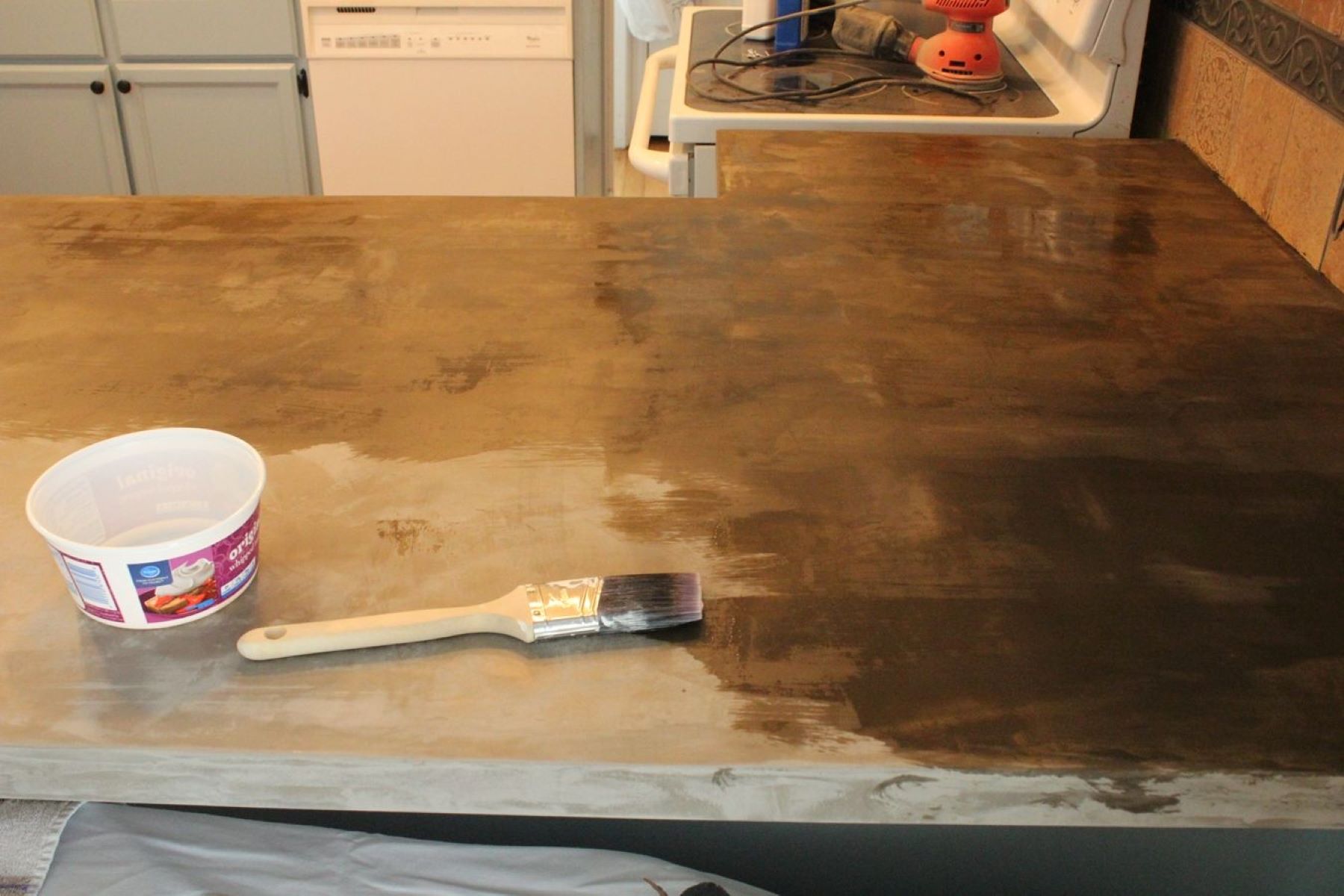
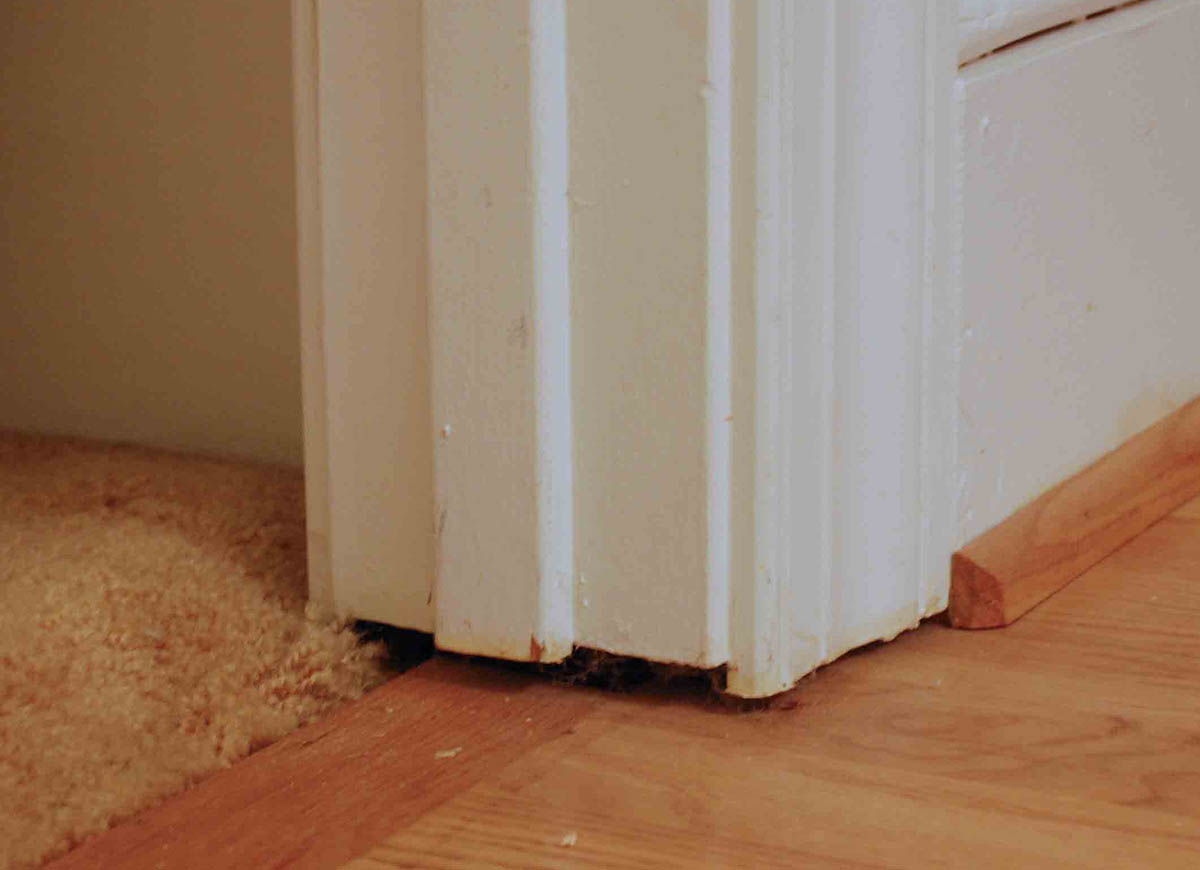
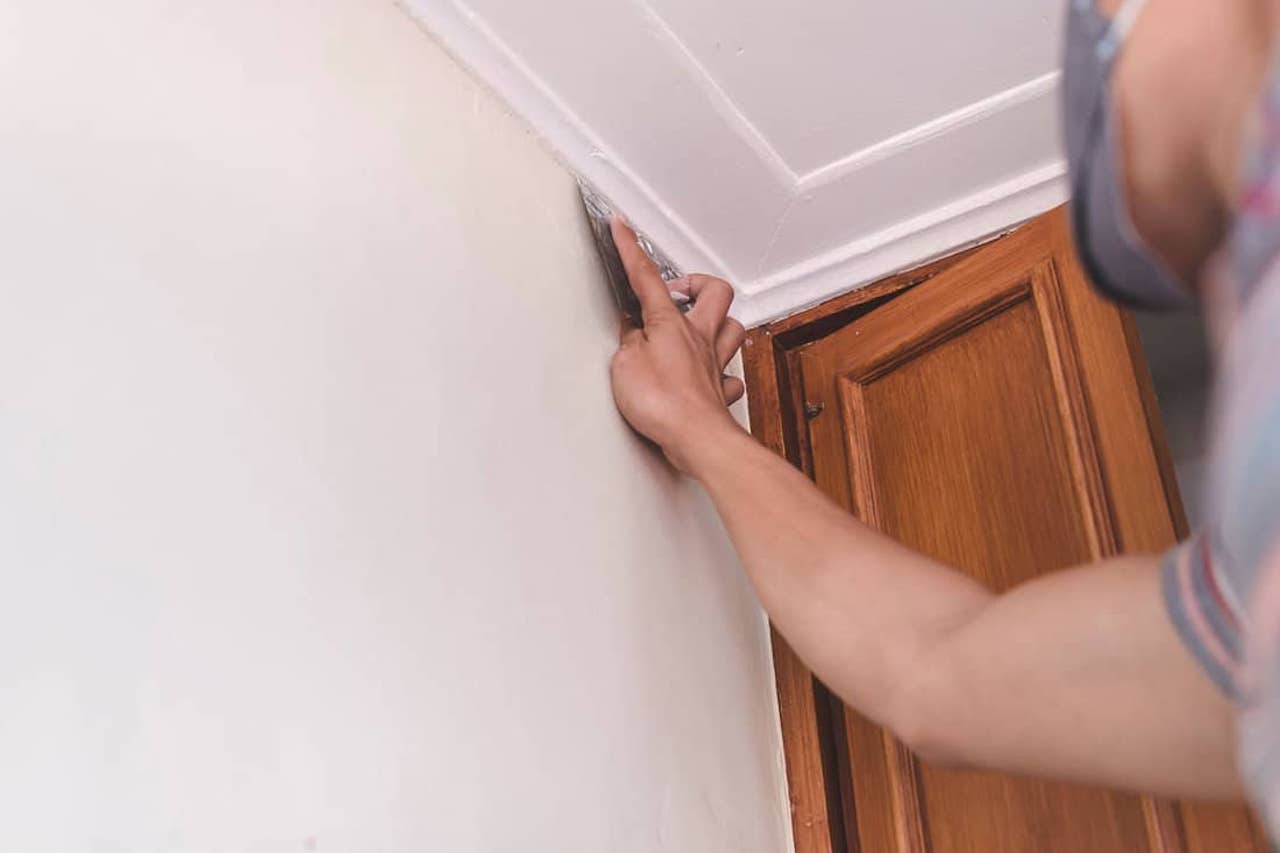
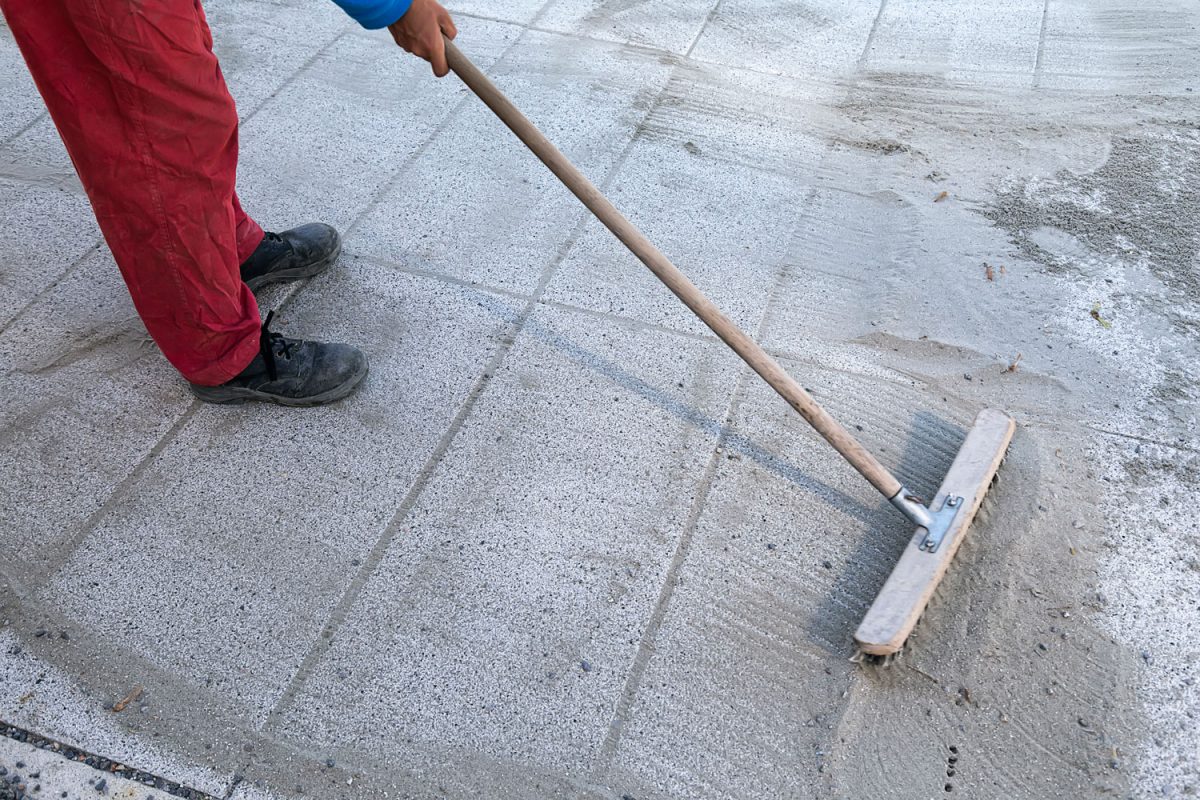
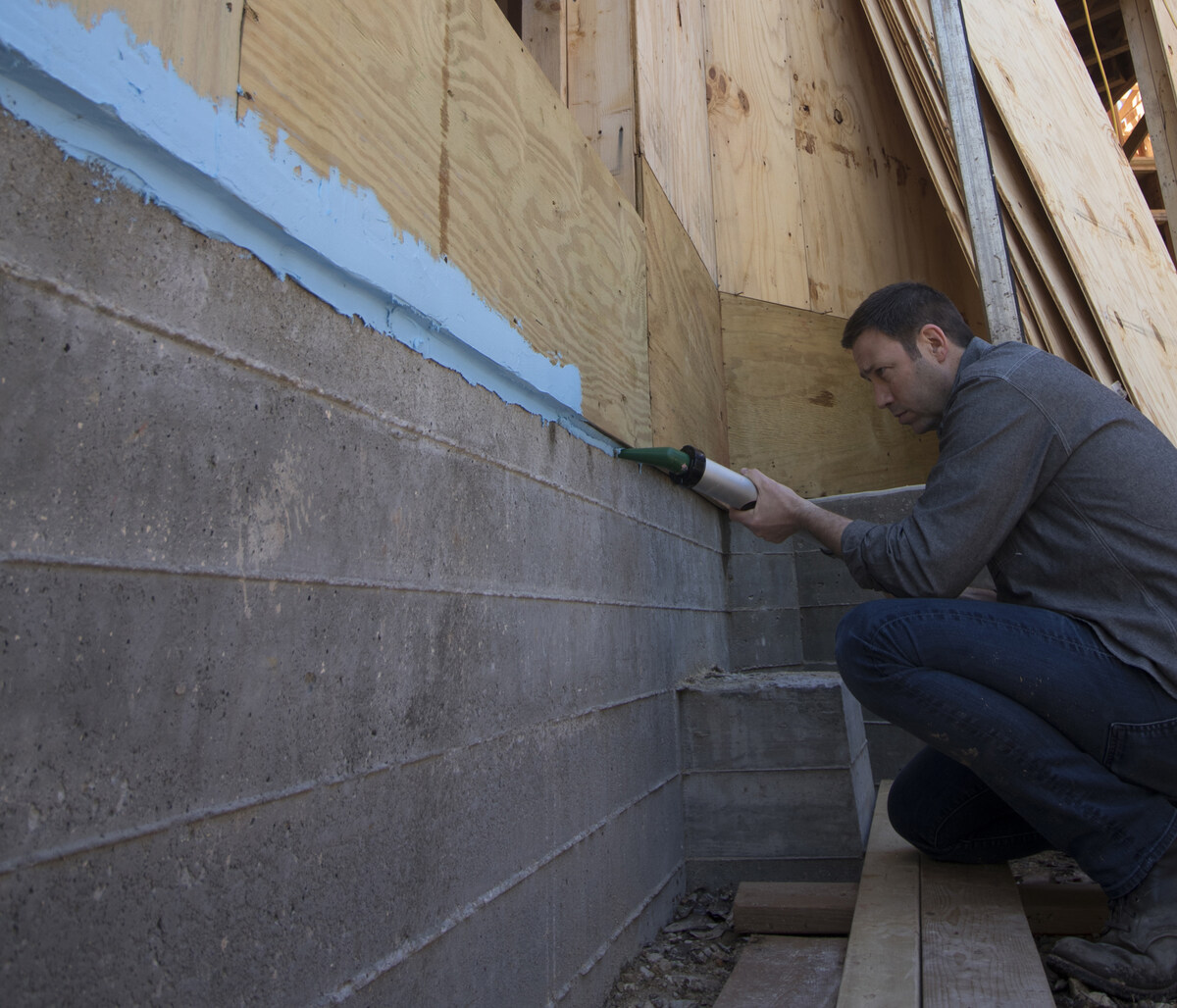
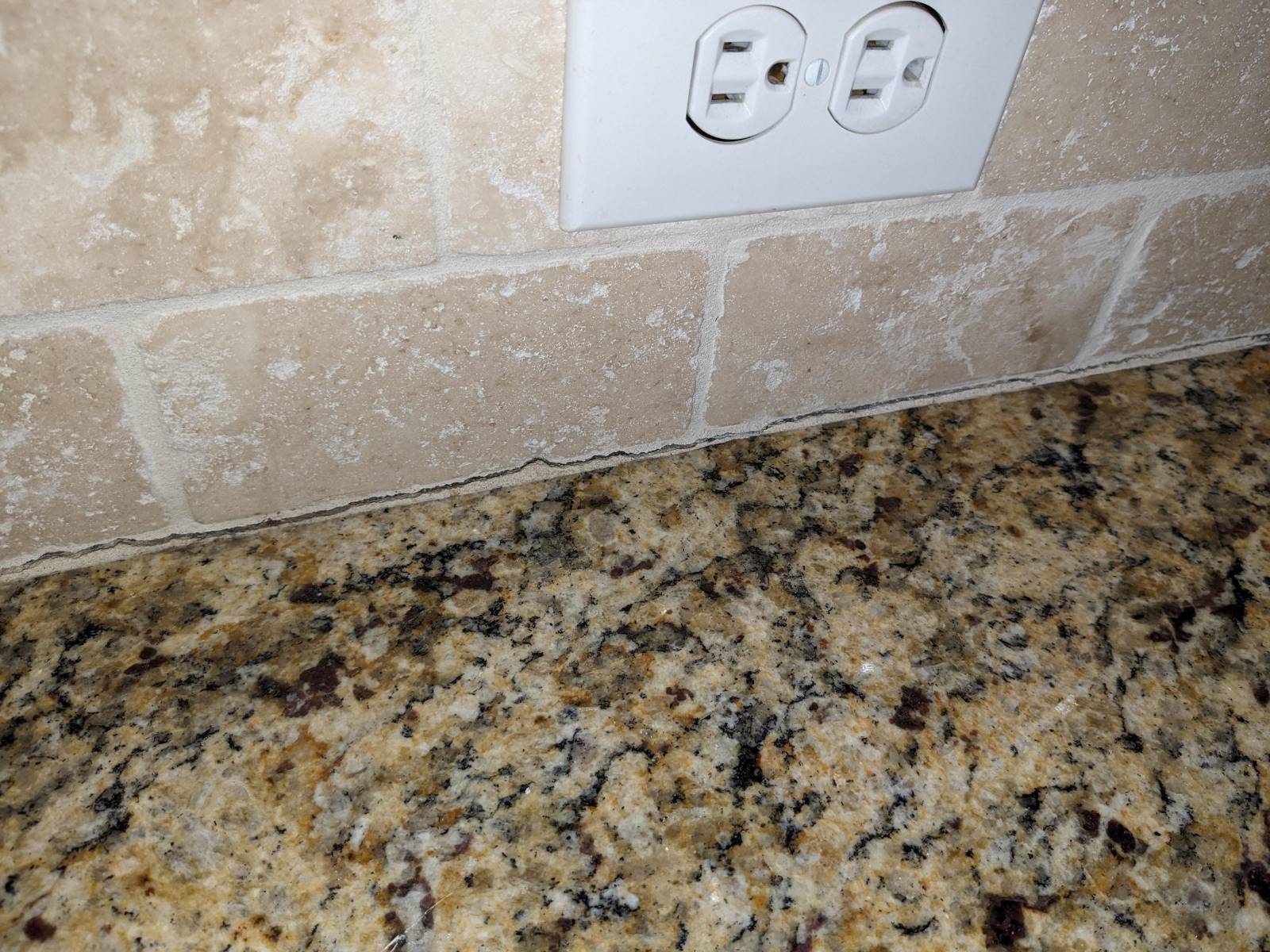


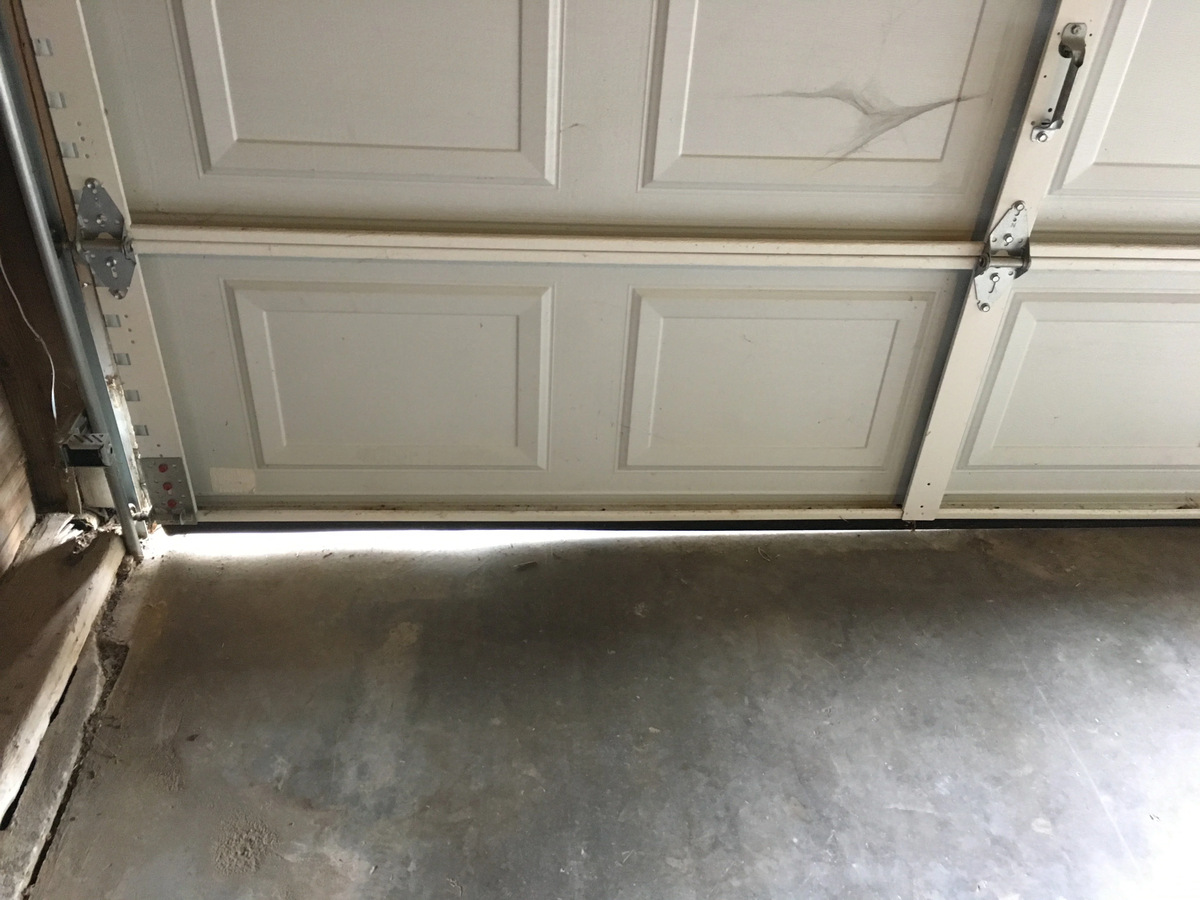
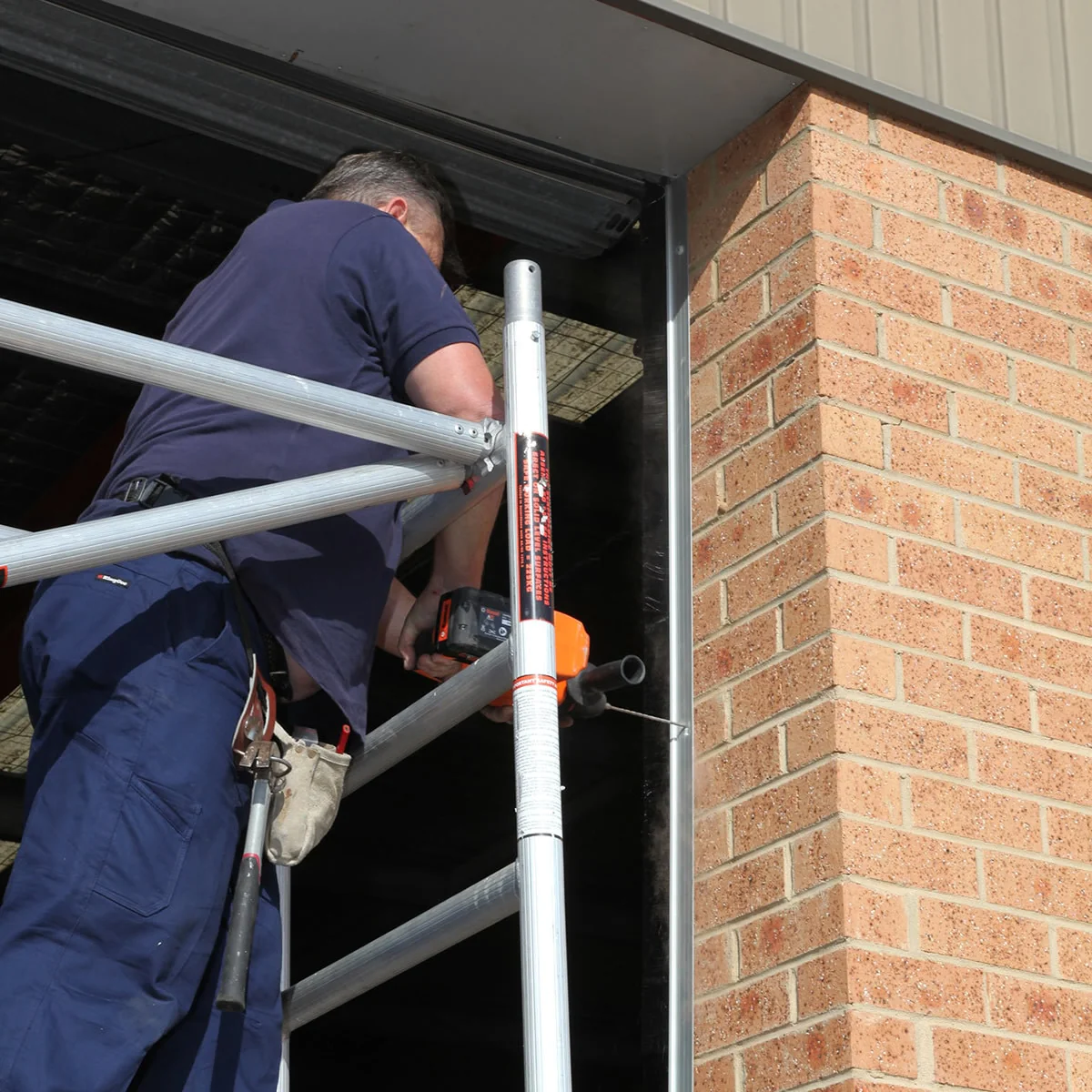
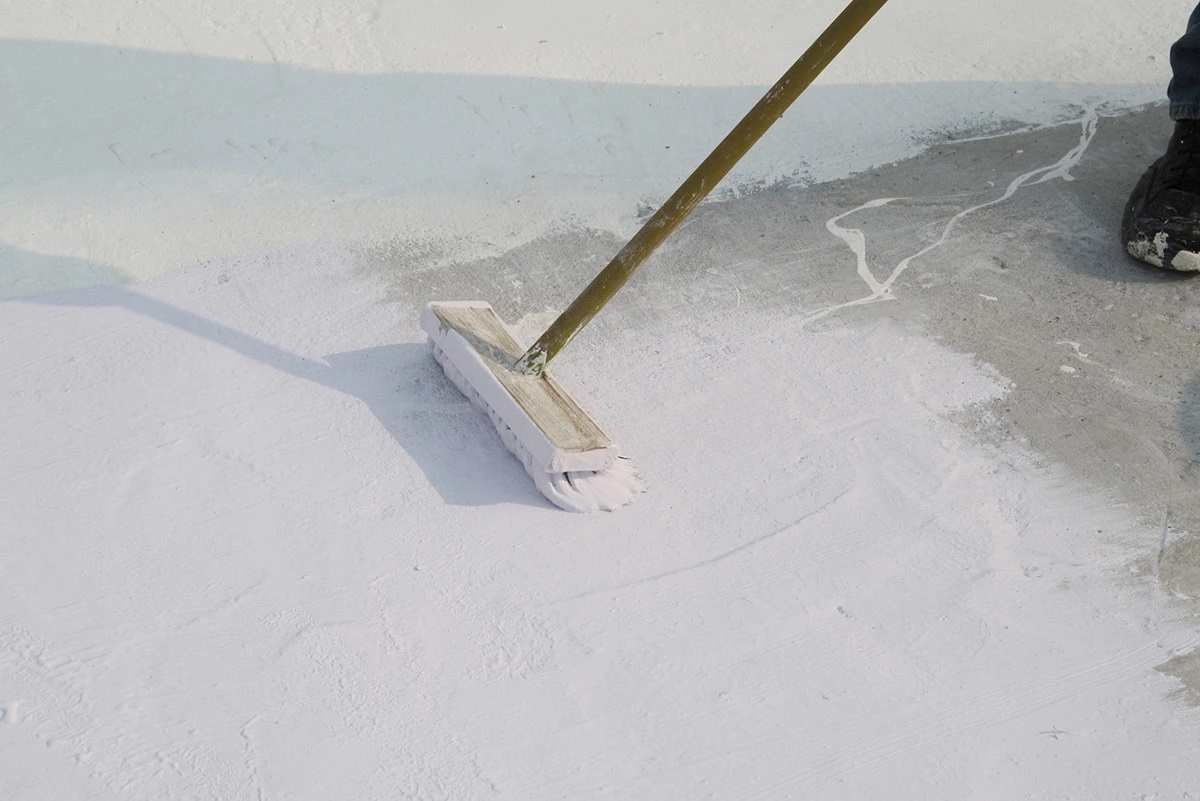
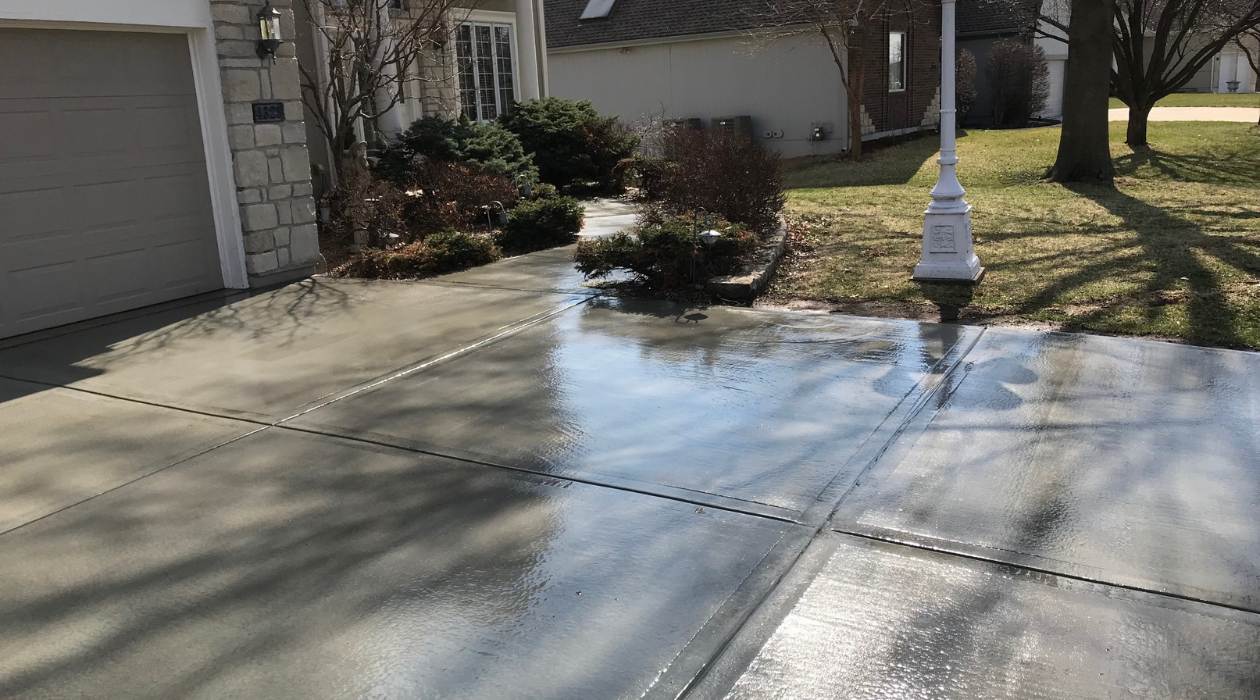
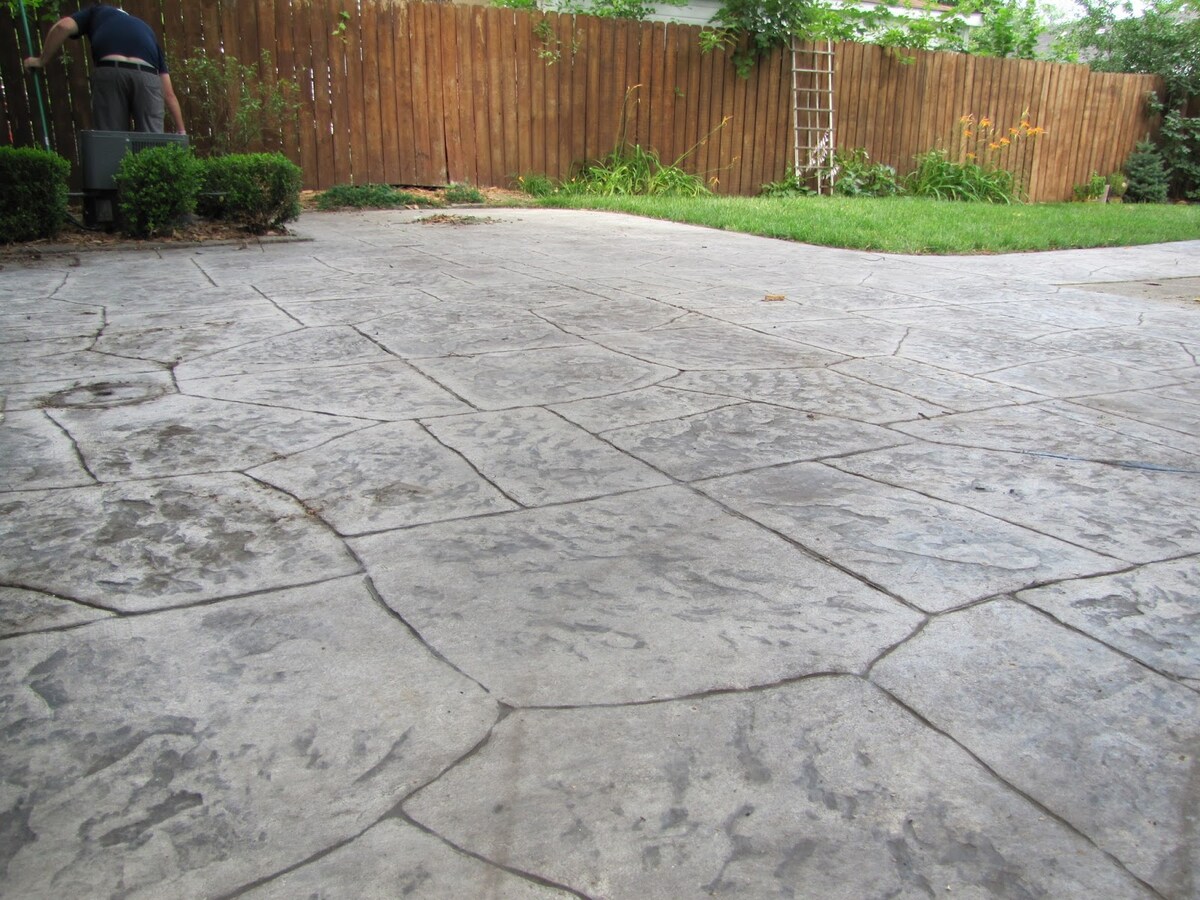

0 thoughts on “How To Seal Gap Between Siding And Concrete”